Melissa Matthews has many memories of Vietnam. They are the smell of cinnamon and star anise, the alluring aroma of pho, the extremely different landscapes from the mountains to the plains, the green terraced fields or even how to avoid motorbikes on the road... Sharing her experiences of traveling to Vietnam mainly revolves around the weather and winter, when there are few tourists. In particular, she especially emphasizes the time when tourists should come or not during the Lunar New Year.
Vietnam is a long but narrow country. As such, each region has its own appeal and climate, which means visitors will need to carefully consider when to visit based on their desired itinerary.
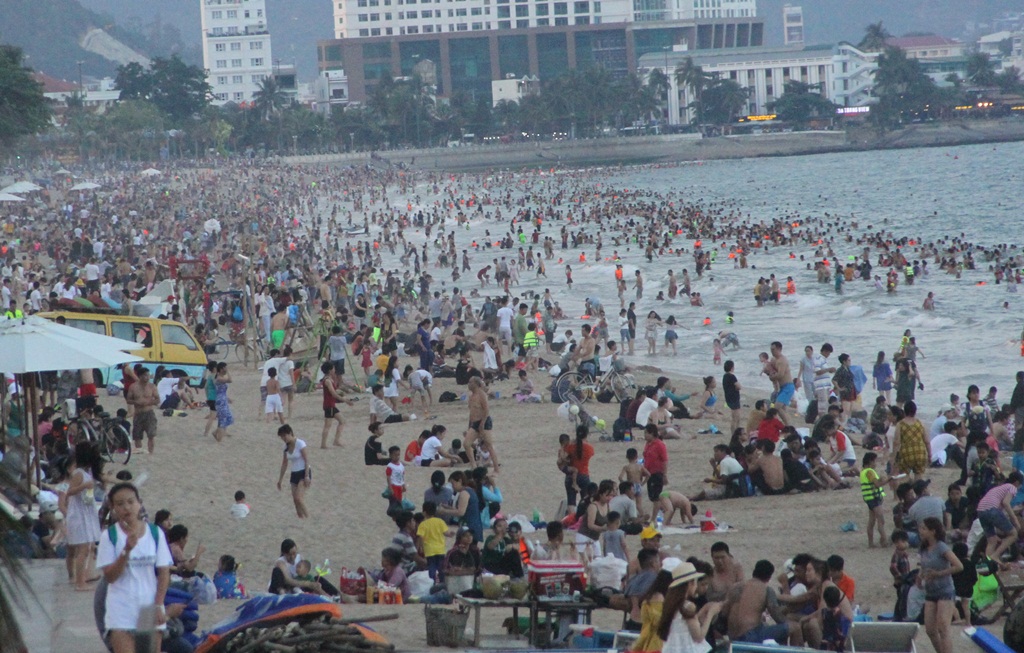
Central beaches are often crowded during Tet holidays.
Vietnam’s high season varies by region, so visitors will always be able to find a place that feels more secluded from the hustle and bustle of crowded beaches or cruise ships. Matthews says the rainy season attracts fewer crowds, falling from May to October in the north, September to May in the central region, and May to September in the south.
Visiting during this time has its perks, as you can save on accommodation and transportation costs. Popular restaurants and tours will be less crowded, offering a rare opportunity to better immerse yourself in local culture while enjoying bun cha on a sidewalk stool. However, the rain and cloudy weather may put a damper on any plans to hike in Sa Pa or cruise in Ha Long Bay – two quintessential experiences that visitors won’t want to miss.
Vietnam is a beautiful country with tropical weather, suitable for year-round travel.
However, for those who want to visit Hanoi, Ho Chi Minh City and the central region, it is best to go during the dry season. "February and March are the best months to see the whole country from north to south in relatively dry weather. However, Vietnam's Lunar New Year usually falls at this time and can last up to 10 days. During that time, most of the main attractions in the city are closed, as everyone returns to their hometowns to reunite with their families, parents and grandparents to celebrate the holiday," Matthews shared.
The Vietnamese Lunar New Year is a difficult time for tourists traveling by plane or long-distance bus due to the high volume of people. Many businesses close for a week or more to celebrate. Tet usually falls in late January or early February, but this year it falls on February 10. She advises tourists to go to the beach during the holiday. However, Tet is also the peak season for domestic tourists to coastal areas, so prices and services can increase and it is difficult to meet demand due to a lack of service workers...
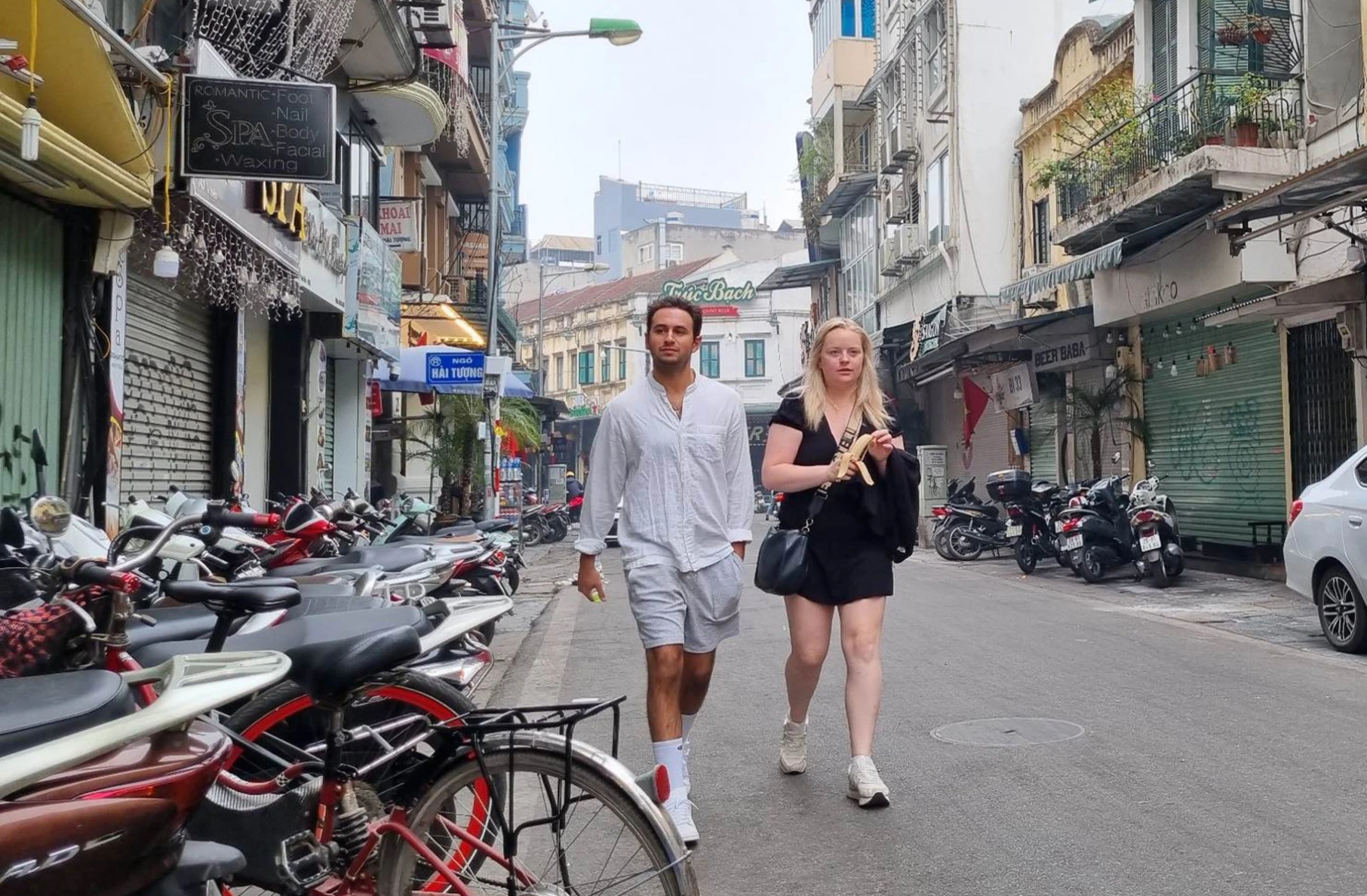
Western Quarter in Hanoi is deserted, shops are closed on the first day of Tet
For a dry trip to Sa Pa or Hanoi, head there from September to November or in March and April. A sunny beach trip to Hoi An or Nha Trang in the central region is best from April to August, while the Mekong Delta and Phu Quoc Island in the south are warmest from October to April.
Vietnam is a relatively affordable destination all year round, with plentiful street food, cheap accommodation and comfortable hotels to suit all budgets. For the best chance of getting cheap flights and accommodation, consider travelling outside of peak tourist season. April, May, October and November are great times as you’ll still find warm weather across the country but there will be fewer tourists.
Despite the favorable weather, it is best to avoid traveling to Vietnam during the monsoon season. “When the monsoon hits, it gets very wet,” Matthews said. “Avoid the mountainous Sa Pa area and definitely avoid booking a cruise in Ha Long Bay as there will be storms and boats will have to anchor.”
Source link








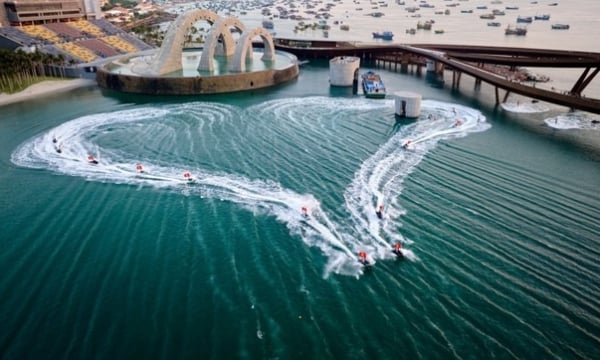

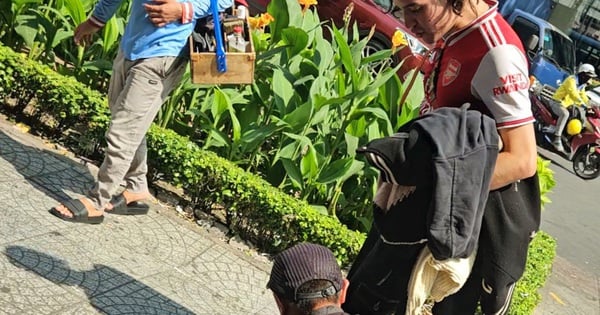

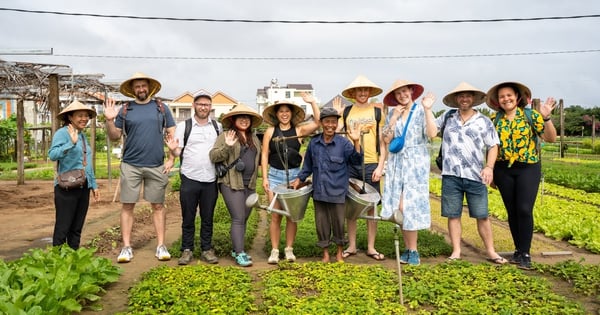

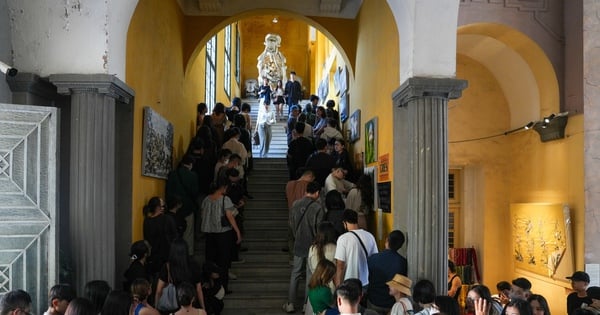
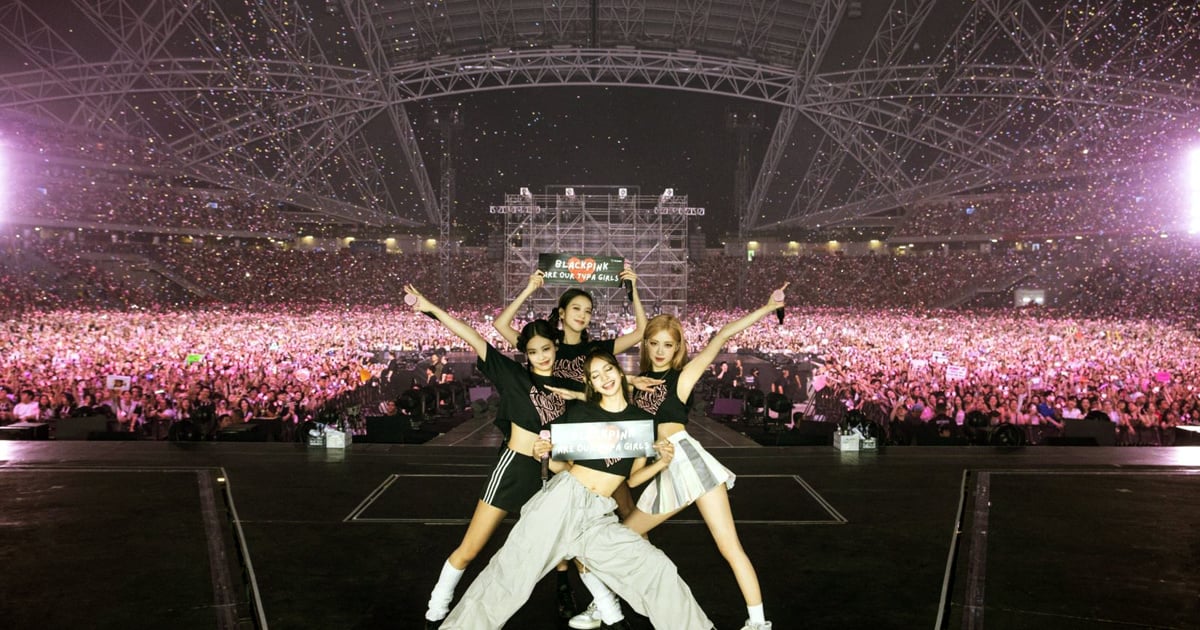

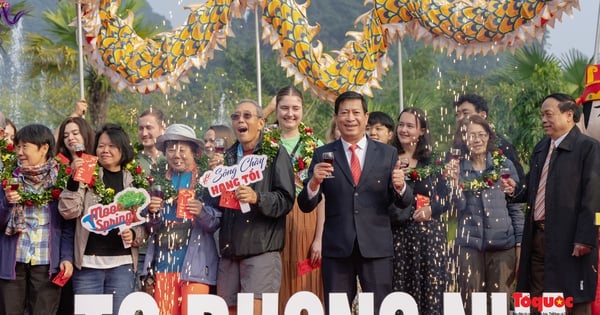
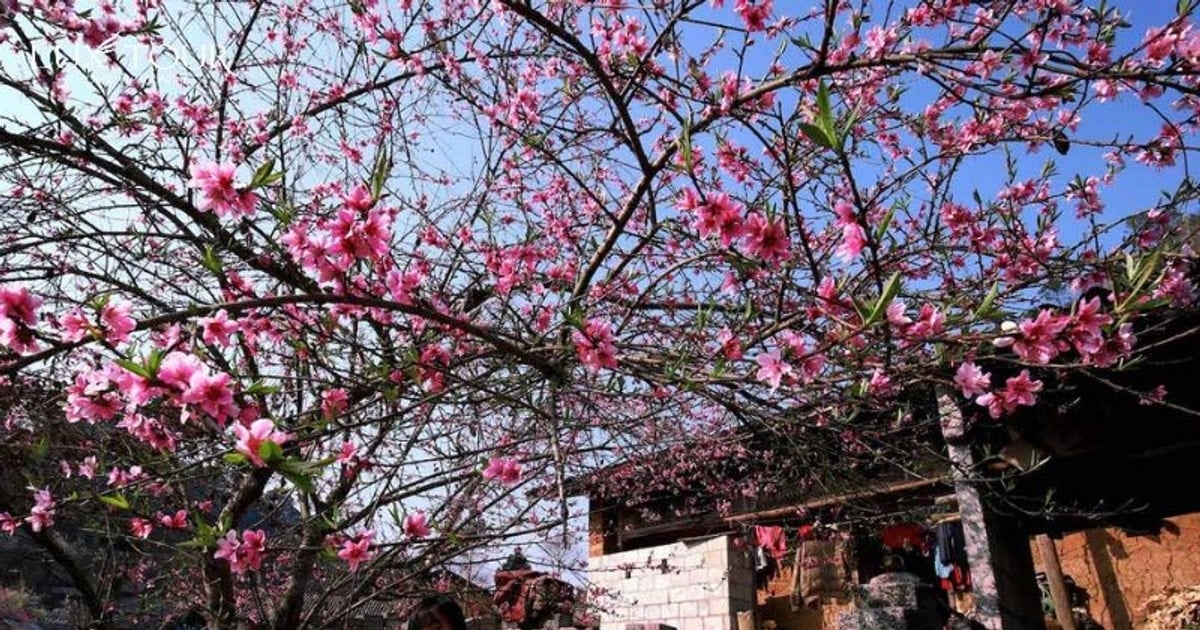

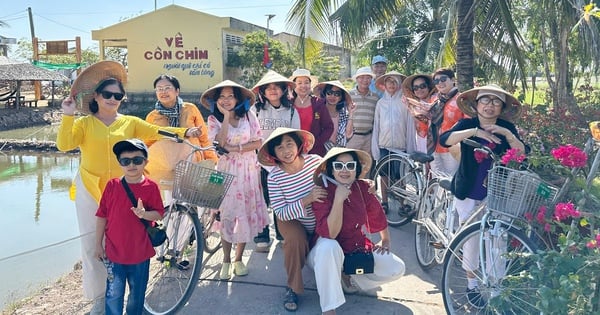
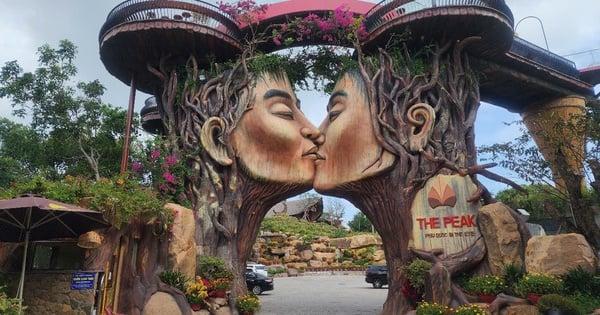
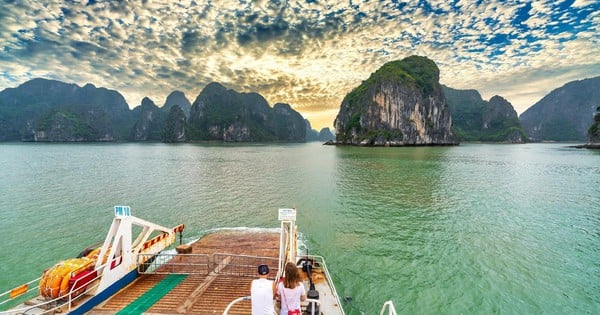

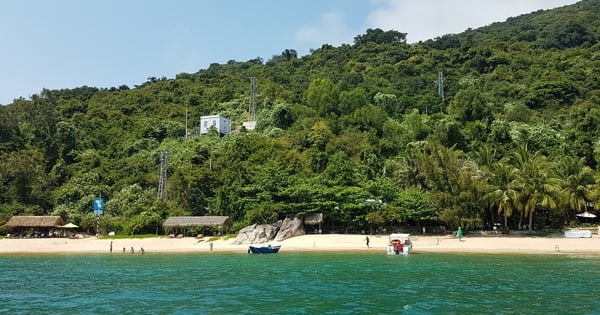
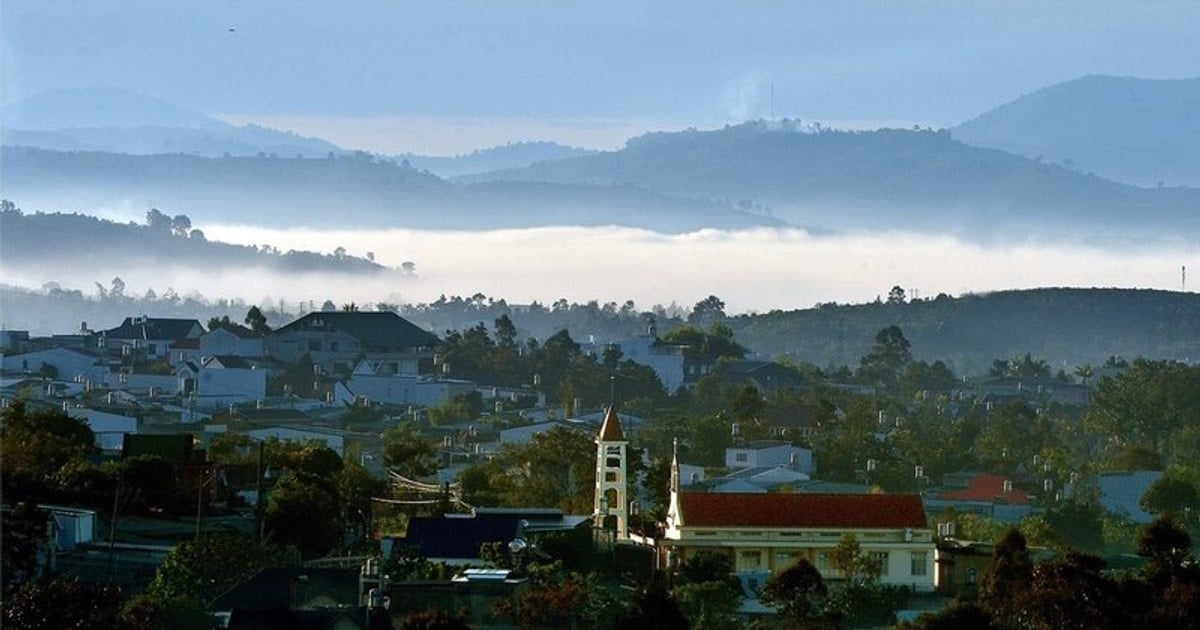




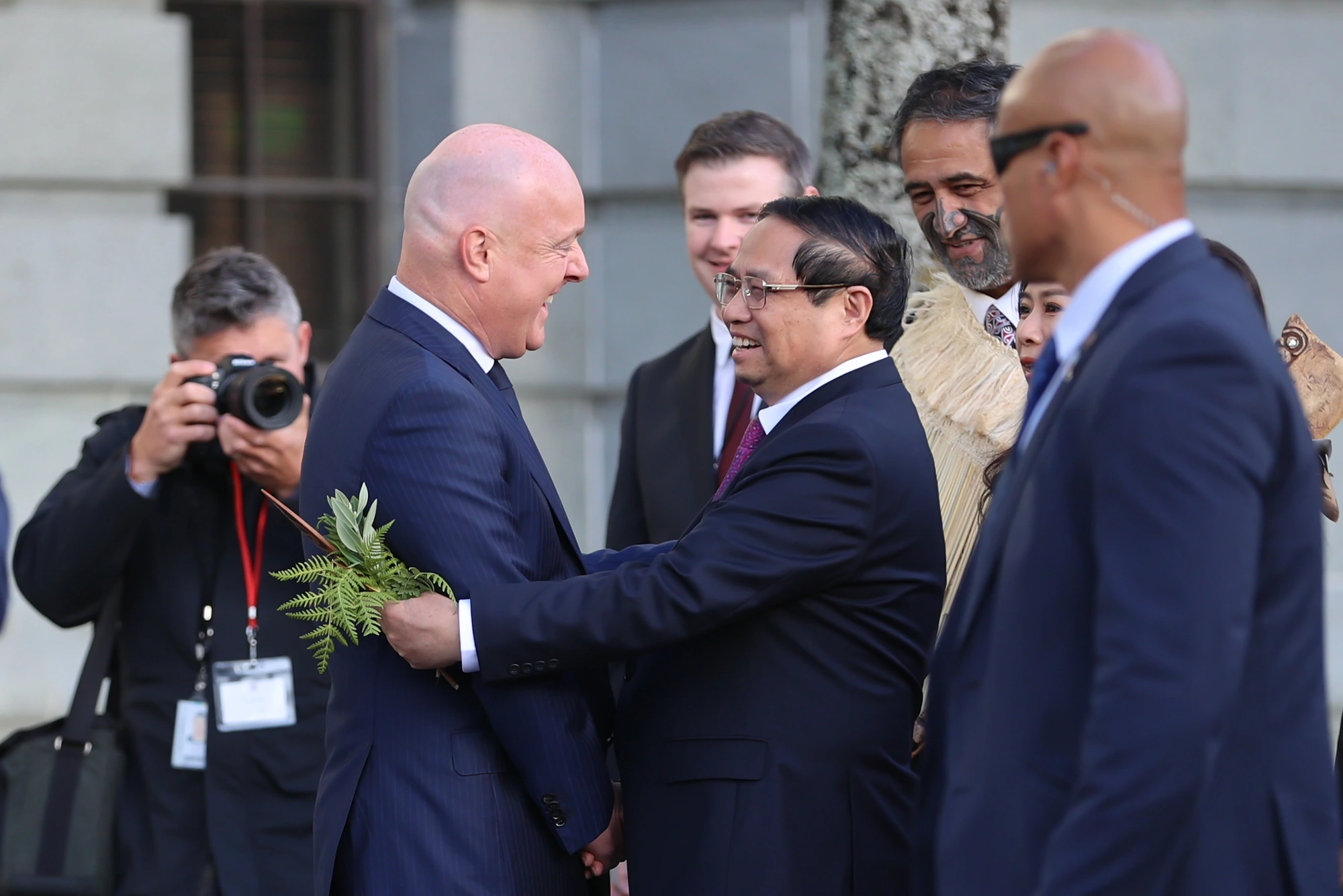
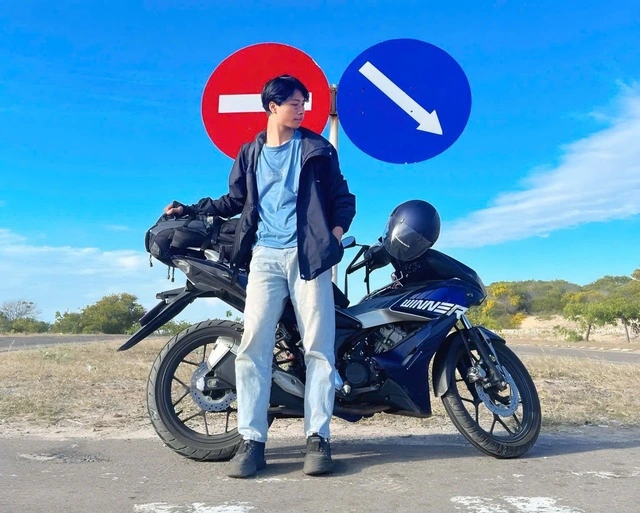
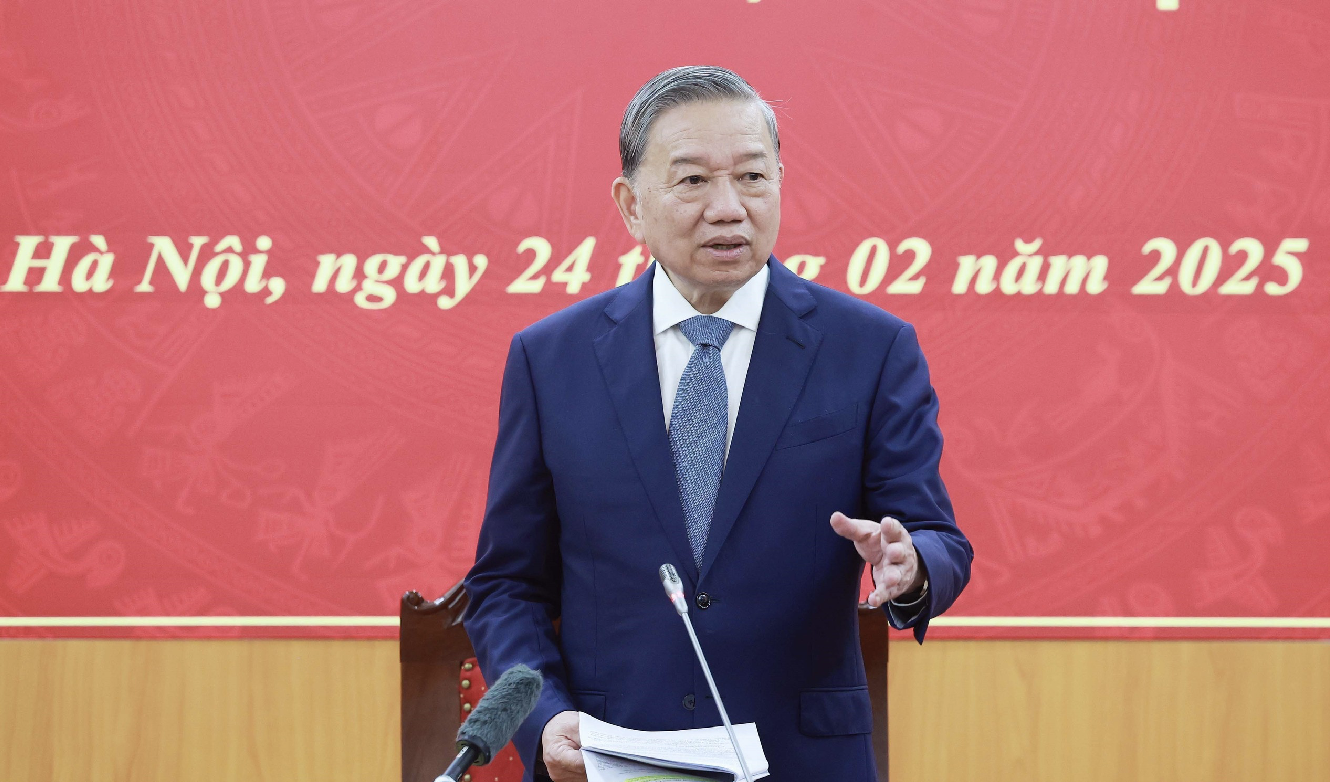
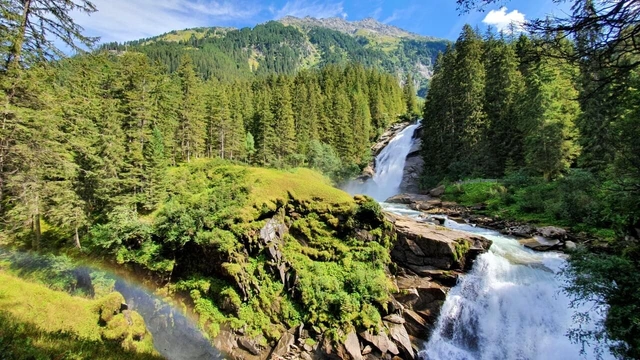







![[Photo] Prime Minister Pham Minh Chinh chairs Government Conference with localities on economic growth](https://vstatic.vietnam.vn/vietnam/resource/IMAGE/2025/2/21/f34583484f2643a2a2b72168a0d64baa)































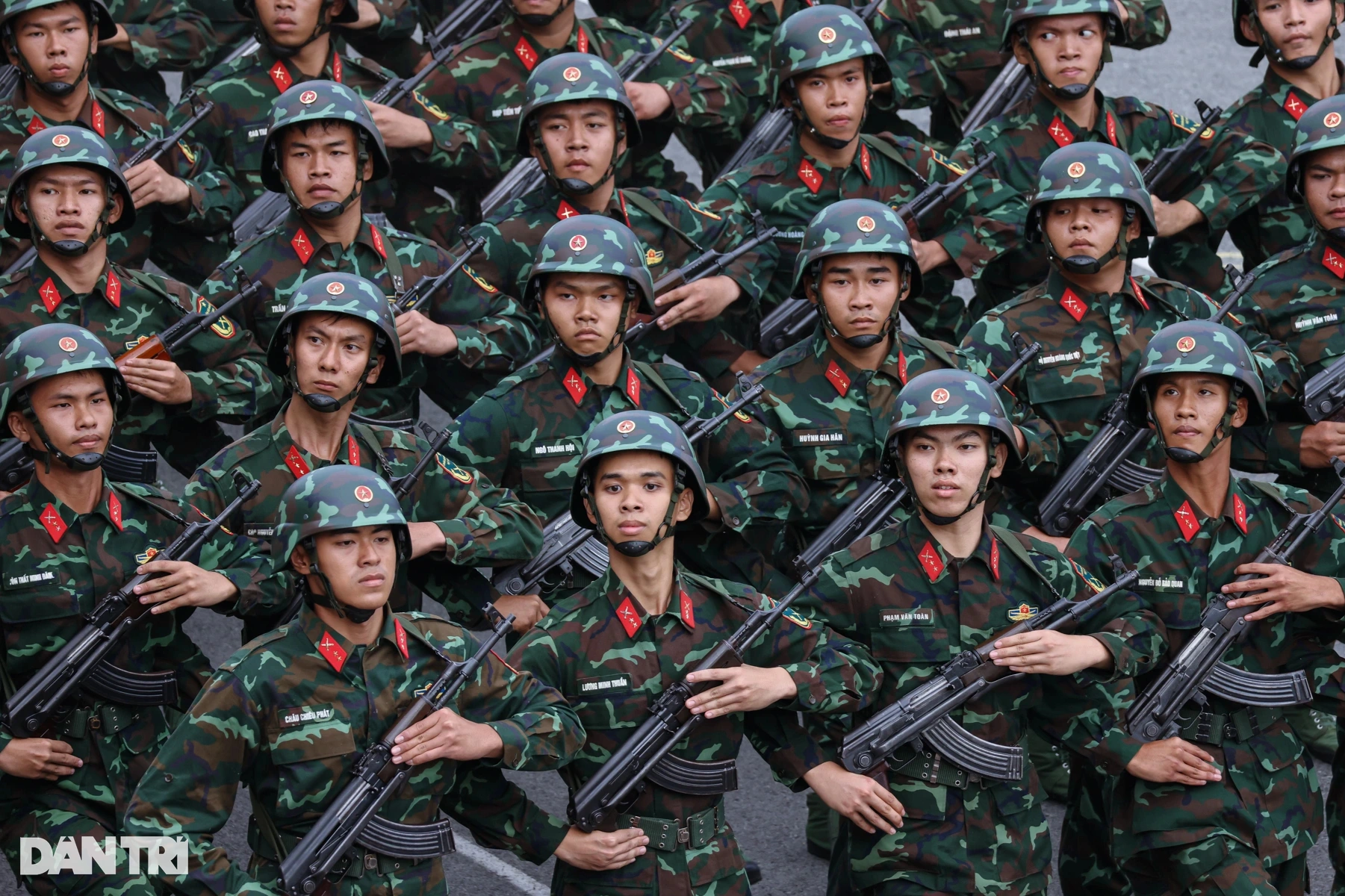

























Comment (0)